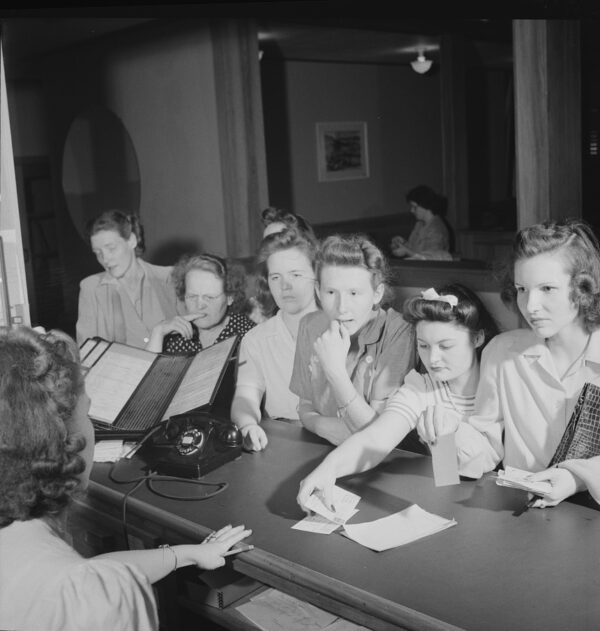Waiting to Hear from You
Ray told me the other day that he is thinking about doing a podcast telling what it was like for him to grow up in the 1950s and 1960s. Ray had a childhood I think people will enjoy learning about. I encouraged him to go for it.
One aspect of life that was different during Ray’s and my childhoods was having to wait much longer to hear from people we care about than the instantaneous ways we hear from people today. I remember our family getting a letter from Granny, my mother’s mother, who lived half an hour away. I also received mail from my Aunt Nan who lived about three hours away. In college my high school friends and I wrote letters to one another. My friend Judy told me recently that she has a letter I wrote to her after my first date with Ray. Ray and I wrote many letters after he went to graduate school at the University of Kentucky while I finished my last semester at Middle Tennessee State University. We got married a week after my December graduation.
I wonder how the lack of letters from our day is going to affect how historians write history in the future. President Thomas Jefferson wrote almost 20,000 letters in his lifetime. John and Abigail Adams wrote over 1,100 to each other. When Alexis de Tocqueville visited America, beginning in 1831, he marveled at the American postal system. The following photographs give a glimpse into our history of waiting for letters.

Postmaster waiting for train to arrive.
Railway station, Mount Whittier, New Hampshire.
Photo by Marion Post Wolcott, March 1940.
Courtesy Library of Congress.

Waiting with mail for train to Reno. Carson City, Nevada.
Photo by Arthur Rothstein, 1940. Courtesy: The Miriam and
Ira D. Wallach Division of Art, Prints and Photographs:
Photography Collection, The New York Public Library.

Postman loaded with mail waiting for streetcar. Streetcar terminal,
Oklahoma City, Oklahoma. Photo by Russell Lee, 1939.
Courtesy The Miriam and Ira D. Wallach Division of Art,
Prints and Photographs: Photography Collection, The New York Public Library.

Waiting for the mail, Dawson, Klondyke (Yukon Territory).
Published by Carleton H. Graves, 1902.
Courtesy Library of Congress.

Wives of farmers sitting in cooperative
general store waiting for the mail.
Lake Dick Project, Arkansas. Photo by Russell Lee, 1938.
Courtesy Library of Congress.

A group of Jewish farmers waiting for their mail
in the Huntington District, Newtown, Connecticut.
Photo by Jack Delano, 1940. Courtesy Library of Congress.

Waiting at a crossroads in Ledyard, Connecticut
for the mail carrier. Photo by Jack Delano, 1940.
Courtesy Library of Congress.

Waiting for letters at the mail desk at Idaho Hall,
a residence hall for working women at Arlington Farms.
Photo by Esther Bubley, June 1943.
Courtesy Library of Congress.
We long to hear from loved ones, and they long to hear from us. My parents were very good at making sure their loved ones heard from them and from my brother and me, but they did even better than sending letters. They made sure that during their very limited time off from work (Daddy’s at his daddy’s grocery store and Mother in her home sewing business) we made in-person visits with loved ones. It is one of the many things I admire about Mother and Daddy.
Today we have many ways to let our loved ones hear from us, but I wonder sometimes if those many ways make us less likely to let others “hear from us” in the very best way, which is still face to face where we can experience one another with all our senses. Each day we should ask ourselves, “Is someone waiting to hear from me?” and teach our children to think about that, too.
We can all identify with Paul when he wrote to the Philippians:
For God is my witness, how I long for you all
with the affection of Christ Jesus.
Philippians 1:8

